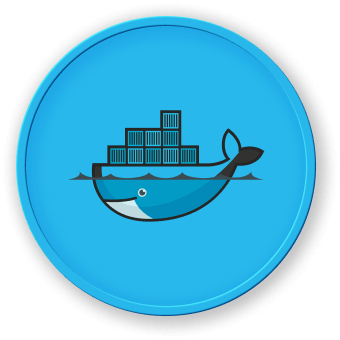Customizing Docker Images
Building Custom Docker Images
To customize a Docker image, you can create a Dockerfile, which is a text file that contains instructions for building the image. The Dockerfile specifies the base image, adds additional software, configures the environment, and sets the default command to run when the container starts.
## Example Dockerfile
FROM ubuntu:22.04
RUN apt-get update && apt-get install -y nginx
COPY default.conf /etc/nginx/conf.d/
EXPOSE 80
CMD ["nginx", "-g", "daemon off;"]
Dockerfile Instructions
The most common Dockerfile instructions include:
| Instruction |
Description |
FROM |
Specifies the base image to use |
RUN |
Runs a command in the container during the build process |
COPY |
Copies files or directories from the host to the container |
EXPOSE |
Informs Docker that the container listens on the specified network ports at runtime |
CMD |
Specifies the default command to run when the container starts |
Building and Tagging Docker Images
After creating the Dockerfile, you can build the Docker image using the docker build command. You can also tag the image with a custom name and version.
## Build a Docker image
docker build -t your-username/your-image:latest .
## Tag an existing Docker image
docker tag existing-image your-username/your-image:v1.0
Pushing Custom Docker Images
Once you've built and tagged your custom Docker image, you can push it to a registry, such as Docker Hub, using the docker push command. This allows you to share your image with others or use it in your own deployments.
## Push a custom Docker image
docker push your-username/your-image:latest
LabEx and Docker
LabEx provides a comprehensive platform for managing and deploying Docker-based applications. With LabEx, you can easily build, test, and deploy your custom Docker images, ensuring consistent and reliable application environments.




